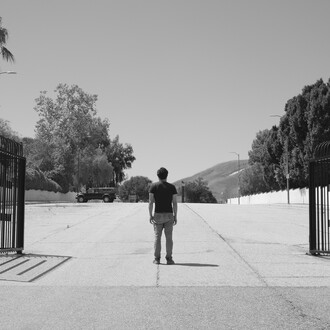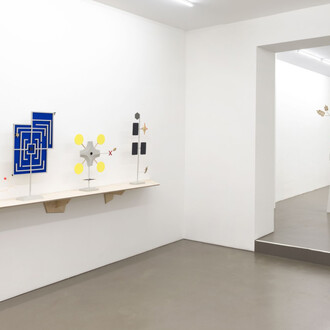In cooperation with the Zentralarchiv, the Neue Nationalgalerie presents Max Ernst to Dorothea Tanning: Networks of surrealism. Provenances from the Ulla and Heiner Pietzsch Collection. One hundred years after the First surrealist manifesto (1924), this exhibition gives new insights into the ramified networks of this international art movement of the 20th century. The focus is on both the histories of the art works and on life stories of Surrealism’s central artists, dealers, and collectors.
On the basis of a representative selection of paintings and sculptures by artists such as Leonora Carrington,Salvador Dalí, Max Ernst, Leonor Fini, René Magritte, Joan Miró, and Dorothea Tanning, the exhibition showcases the findings of a multi-year research project on the provenances of artworks from the Ulla and Heiner Pietzsch Collection, which was realized jointly with the State of Berlin. The exhibition not only maps out the manifold paths taken by Surrealist artworks predominantly during the 1930s and 1940s, but also sheds light on how historical circumstances, personal relationships, and social networks contributed to the spread of the international movement.
In three sections, the show traces the eventful paths of the paintings and sculptures, which took them from Paris via Brussels and other European cities into exile in Mexico and the USA during the Nazi period and the Second World War. The circle of Surrealists was characterized by its complex relationships in which friendship, love, and business connections often overlapped. Thus, the circulation of works was marked by less formalized transactions. When Nazi Germany occupied France in 1940, numerous Surrealist artists along with their collectors and dealers were forced to flee. Here, too, it was helpful to have connections: many left Europe and emigrated to the USA and elsewhere; others failed to secure an exit visa and had to go into hiding in the unoccupied part of France. Some were able to take their works with them, while others had to leave them behind.
This phase that was characterized by changes in location is directly reflected in the provenances of these artworks. In various ways, the biographies of the individual objects testify to friendships and business relations and in equal measure to loss, persecution, and new beginnings. Going far beyond the individual stories of the artworks, these object biographies offer deep insights into the complex networks of the Surrealist movement as well as into the great political challenges of the time.
















